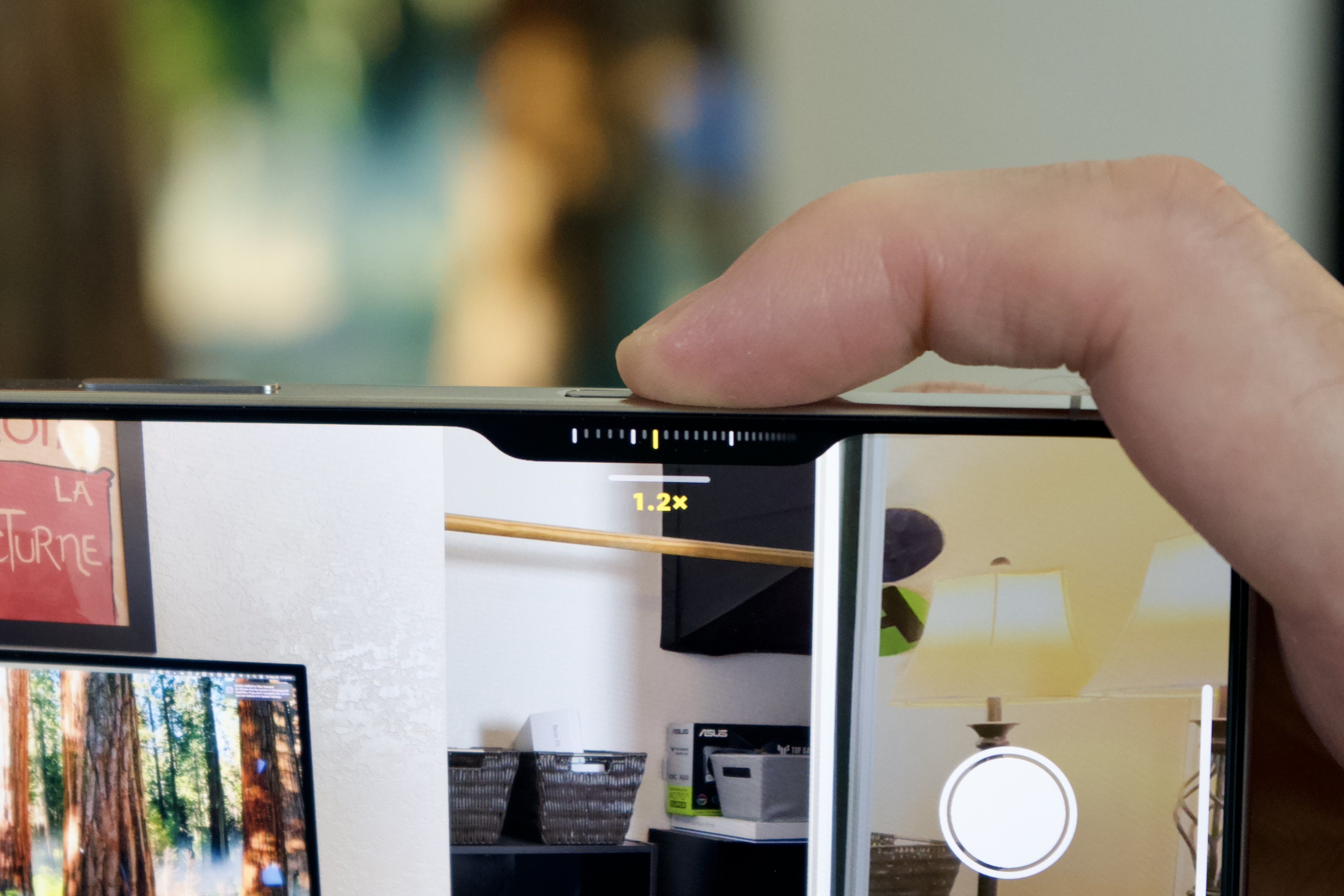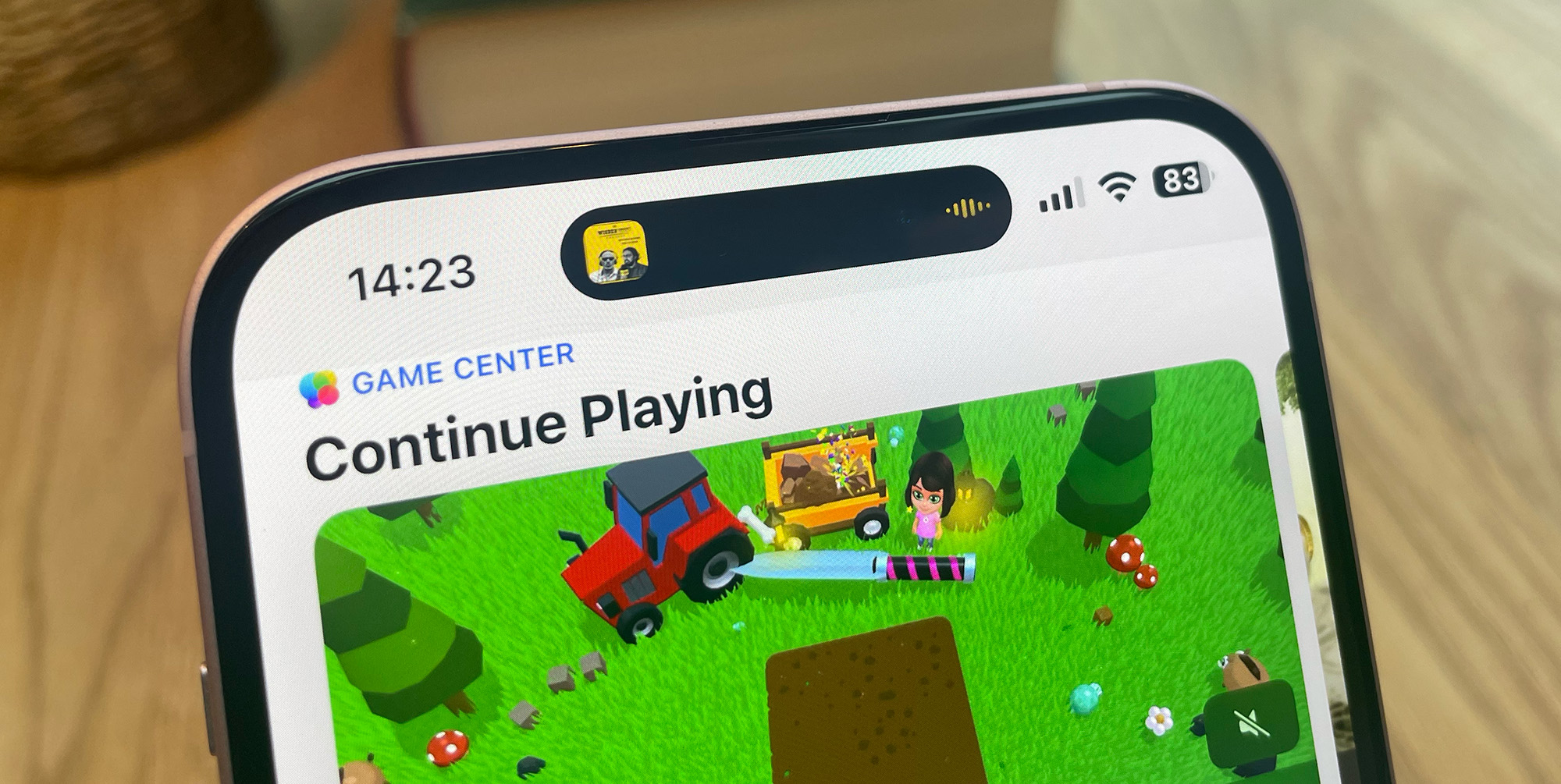Every September, Tim Cook confidently announces Apple’s best iPhone yet and expresses how much we’re going to love it. While this was certainly true for a while, today most consumers and tech reviewers I speak with seem less than impressed. Given their maturity, new iPhones now revolve around minor or unnecessary changes – and we don’t like that. It feels like new releases are starting to lose their sanity and identity just for the sake of introducing unique selling points.
Uncontrollable
The camera control button is arguably the iPhone 16’s most notable upgrade. In theory, the new multifunction button is meant to cater to photography enthusiasts by offering deep integrations into device apps proprietary and third-party photos. With its touch and pressure sensitivity, users can adjust zoom, exposure, depth of field, photographic styles, etc. But in practice, the button complicates everything.
I’ve really tried to like the camera control button on my iPhone 16 Pro Max, but it just doesn’t appeal to me. For starters, the button sits flush with the frame of the iPhone, so it’s almost impossible to identify without looking at the phone or touching it. This makes launching the Camera app more difficult to capture a fleeting moment, especially compared to the clearly visible action button, which I can quickly click when I take the iPhone out of my pocket.

The iPhone 16’s camera control button is more trouble than it’s worth.
Foundry
Otherwise, switching between different camera options using the button takes longer than existing controls on the touchscreen. And when I shoot in portrait orientation without relying on the camera’s control button, my fingers rest on its touch surface, triggering it unintentionally and destroying my setup by changing the zoom, exposure, or lens.
When it comes to finally filming, the camera control button keeps failing because the required firm click shakes the iPhone. This spoils precisely framed photos and makes it more difficult to shoot moving objects or in dimly lit environments. Apple could have avoided this by assigning the hard click to changing camera settings, while reserving light touch input for the shutter. There are ways to change the behavior or disable it altogether, but you shouldn’t need to dive into accessibility settings just to make a major new feature bearable.
To me, it feels like the camera control button is an accessibility feature designed for those who shoot one-handed rather than an attractive addition that mainstream users will embrace. Simply put, it creates a lot of problems and doesn’t solve anything in the process.
Features over features
Like the camera control button, the action button (first introduced with the iPhone 15 Pro) also feels like an unnecessary change made in an effort to showcase a reimagined device. The iconic mute switch survived about 15 years for a reason: it simply worked. You could simply determine if your iPhone is set to silent, without looking at it, by touching its edge. Although the action button can still act as a mute switch, there is no easy way to identify the phone’s current ringing status without waking up its screen and checking it manually. It’s not great.
Instead of replacing the mute switch with the action button, Apple could have upgraded the existing double-tap feature, allowing users to assign a wider variety of tasks to it. This could have served the same purpose without requiring hardware modifications.

The vibrant island commands your attention.
David Price / Foundry
This isn’t the first time Apple has introduced new hardware when iOS changes would suffice. When the iPhone 6S debuted, the company made a big deal out of 3D Touch, only to kill it a few years later in favor of Haptic Touch software.
The iPhone 14 Pro’s Dynamic Island is yet another controversial change that many users I’ve encountered despise. Although I personally use it every day, others find it distracting. Since the position of the cutout is lower than that of the removed notch, some users claim that this makes full-screen videos less immersive.
It also appears that there is no way to disable live activities in Dynamic Island while still keeping them on the lock screen. Although you can swipe across it horizontally to hide a certain activity, the action is temporary and it will reappear by default when starting a new session. So, those who are bothered by the flashy pill are bound to have a poor viewing experience that ignores their personal preferences.
And then there are features that exist just to fill out a data sheet. Take the iPhone Pro’s LiDAR scanner, which allows users to 3D map their surroundings. While the sensor is nice to have, it seems like another unnecessary change thrown in for the sake of it. Sure, this helps the iPhone’s photography, but competing OEMs have managed to offer great cameras without integrating LiDAR. Meanwhile, its augmented reality use cases are objectively niche, and I’ve yet to meet anyone actively using it.
Fewer upgrades, bigger impacts
The annual iPhone upgrade cycle is wearing Apple out. As we have seen, the company sometimes makes bad decisions in the name of radical change. Otherwise, as was the case with the iterative iPhone 13 Pro, users wouldn’t care as much about upgrading. But what if there was a third way?

Maybe it’s time for Apple to move away from annual upgrades.
Connor Jewiss / Foundry
Instead of trying too hard to deliver something substantial in a year, Apple could give itself more time and release a new iPhone every two years. Two years of iterative upgrades packed into a single device would make it more visible, without needing a crazy idea just to generate interest. A report from Mark Gurman suggests that Apple is actually considering moving away from annual launches for some of its products – and the iPhone is expected to be at the top of the list.
It would also give Apple time to complete development of relevant software features instead of selling vaporware. The Camera Control button, for example, still lacks some advertised features like visual intelligence. Meanwhile, the full Apple Intelligence suite the company announced to sell iPhone 16s won’t be available until 2025.
Given the nature of large companies, shareholders would never give Apple a break. Therefore, we will inevitably continue to see iterative or absurd annual releases, until the iPhone is no longer available. an iPhone.



